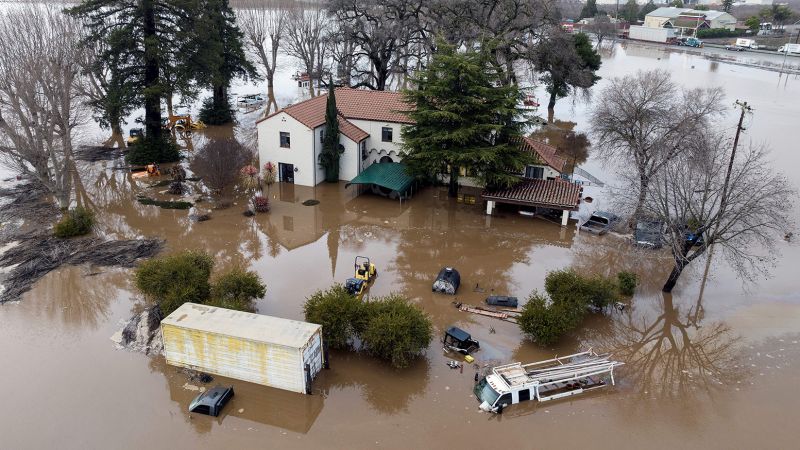Perhaps I am just dense. But the Salton Sea is named Salton for a reason. To pipe freshwater from other parts of the state to become contaminated with various salts only to pipe it out and have to treat it does not make a lot of sense to me. The Salton Sea is saltier than the Pacific. If we are going to do that, desalination plants would be cheaper and closer to the end users.
Not a whole lotta rain falls in that part of California. The average annual rainfall at El Centro (just south of the Salton Sea) is around three inches that falls during winter. In addition summer temperatures are consistently over 100 degrees with <10% relative humidity.
Definitely very dense to be a CPA. Salton Sea is drying up, adding fresh water will at least help to reduce the concentration of chemicals, plus the evaporation will increase rainfall inland.



